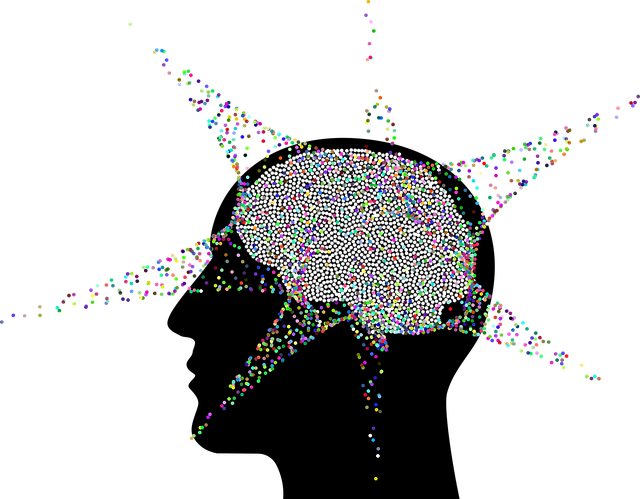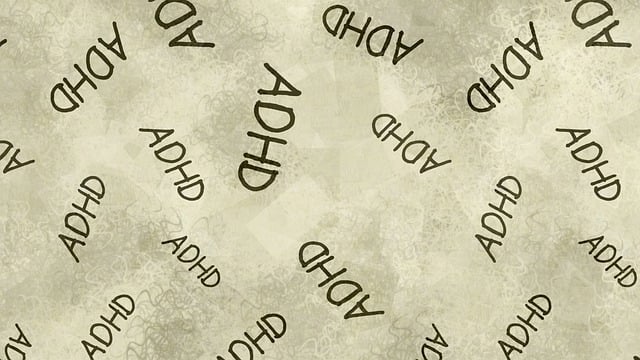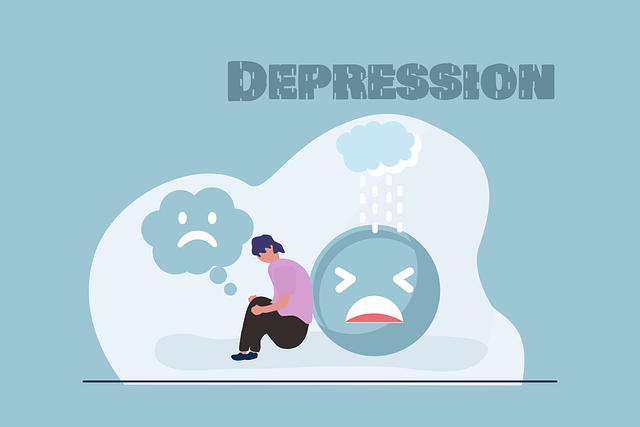Lone Tree Functional Neurological Disorder (FND) Therapy leads in community outreach by integrating crisis intervention, mindfulness meditation, and emotional intelligence training for residents. This proactive approach identifies unique challenges, tailors services, and promotes stress management, improving quality of life. With strategic SMART objectives and qualitative impact measures, the program ensures continuous improvement, benefiting those most in need and fostering resilient communities.
Community outreach programs play a vital role in addressing diverse needs, especially for underserved populations suffering from conditions like Lone Tree Functional Neurological Disorder (FND). This article explores strategies for implementing impactful initiatives. We begin by understanding community needs and identifying specific targets for outreach efforts. Next, we delve into designing effective programs, using Lone Tree FND therapy as a case study. Finally, we discuss implementation and impact measurement, emphasizing the success of community engagement in improving lives.
- Understanding Community Needs: Identifying Targets for Outreach
- Designing Effective Programs: Strategies for Lone Tree FND Therapy
- Implementation and Impact: Measuring Success in Community Engagement
Understanding Community Needs: Identifying Targets for Outreach

Understanding community needs is a foundational step in implementing effective outreach programs. By engaging with residents and understanding their unique challenges, organizations can tailor services to address specific issues. For instance, in areas where Lone Tree Functional Neurological Disorder Therapy is needed, identifying target groups such as seniors or individuals with chronic conditions becomes crucial. This targeted approach ensures that resources are allocated efficiently, reaching those who stand to benefit the most from specialized care.
Community outreach programs should also consider broader societal trends and concerns. Burnout prevention strategies for healthcare providers, crisis intervention guidance, and self-care practices are increasingly relevant topics. By integrating these into outreach initiatives, organizations can foster resilient communities capable of weathering mental health crises and promoting overall well-being. Such an inclusive approach not only caters to immediate needs but also contributes to the long-term sustainability and strength of the community.
Designing Effective Programs: Strategies for Lone Tree FND Therapy

Designing effective community outreach programs for Lone Tree Functional Neurological Disorder (FND) Therapy requires a strategic approach that goes beyond traditional treatment methods. One key strategy involves integrating crisis intervention guidance into program structures, ensuring participants have access to immediate support during distressing episodes. This holistic approach not only addresses the symptoms of FND but also equips individuals with valuable coping mechanisms for navigating daily challenges.
Furthermore, incorporating mindfulness meditation and emotional intelligence training can significantly enhance the program’s impact. Mindfulness practices help participants cultivate present-moment awareness, enabling them to better manage stress and anxiety. Emotional intelligence training empowers individuals to recognize and regulate their emotions effectively, fostering healthier interactions within the community. By combining these strategies, Lone Tree FND Therapy programs create a supportive environment that promotes personal growth, resilience, and improved quality of life for those affected by functional neurological disorders.
Implementation and Impact: Measuring Success in Community Engagement

Implementing community outreach programs, such as Lone Tree Functional Neurological Disorder Therapy, requires a strategic approach to measure and maximize success in community engagement. The initial step involves setting clear objectives aligned with the program’s goals, whether it’s raising awareness about neurological disorders or providing support networks for affected individuals. These objectives should be specific, measurable, achievable, relevant, and time-bound (SMART) to ensure effectiveness.
Measuring impact goes beyond attendance figures and includes qualitative assessments like participant feedback, satisfaction levels, and behavioral changes. For instance, a successful program might result in improved knowledge about burnout prevention strategies for healthcare providers or crisis intervention guidance among community members. Additionally, tracking the adoption of stress reduction methods can indicate the program’s influence on overall mental well-being. By integrating such metrics, organizations can adapt their approaches, ensuring continuous improvement and a more profound positive impact on the community.
Community outreach programs, particularly those offering Lone Tree Functional Neurological Disorder (LTFND) Therapy, can significantly enhance well-being and accessibility. By understanding community needs, strategically designing effective programs, and meticulously measuring impact, initiatives like these can foster inclusive environments and improve the overall health of communities. This holistic approach ensures that resources reach those who need them most, ultimately enriching society as a whole.














